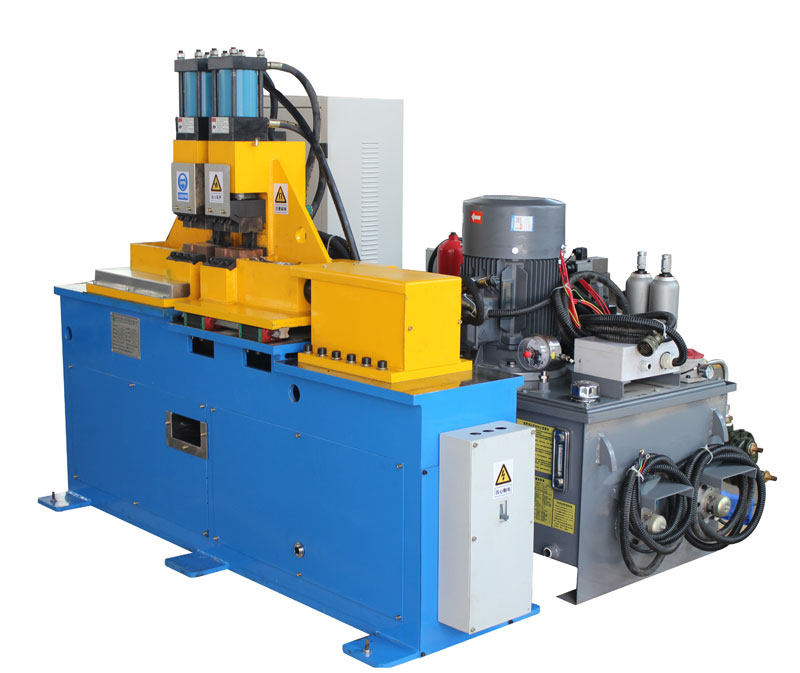How to Prevent Splatter Issues in Cable Butt Welding Machines?
Splatter, the expulsion of molten metal droplets during the welding process, can be a common issue when using cable butt welding machines. This article discusses the causes of splatter in these machines and provides effective strategies for minimizing or eliminating this problem.
Understanding the Causes: Before addressing the prevention methods, it’s crucial to understand why splatter occurs in cable butt welding machines:
- Inadequate Cleanliness: Dirty or contaminated workpieces can lead to splatter as impurities vaporize during welding.
- Incorrect Welding Parameters: Using improper welding parameters, such as excessive current or insufficient pressure, can cause excessive splatter.
- Electrode Contamination: A contaminated or worn electrode can lead to splatter, as impurities are introduced into the weld.
- Poor Fit-Up: Inaccurate alignment and fit-up of workpieces create gaps, forcing the welding machine to work harder and potentially causing splatter.
- Inconsistent Material Thickness: Welding materials of different thicknesses together can result in uneven heating and cooling, contributing to splatter.
Prevention Strategies:
- Proper Cleaning:
- Importance: Ensuring workpieces are clean and free from contaminants is paramount.
- Strategy: Thoroughly clean and degrease the workpieces before welding. Proper cleaning reduces the chances of impurities contributing to splatter.
- Optimized Welding Parameters:
- Importance: Properly setting welding parameters is crucial for controlling the welding process.
- Strategy: Adjust the welding current, pressure, and other parameters according to the material being welded and the machine’s specifications. Follow manufacturer guidelines for optimal settings.
- Electrode Maintenance:
- Importance: Maintaining clean and uncontaminated electrodes is vital to prevent splatter.
- Strategy: Regularly inspect and clean electrodes, ensuring they are free from dirt, rust, or any contaminants. Replace worn or damaged electrodes promptly.
- Fit-Up and Alignment:
- Importance: Proper fit-up and alignment ensure that the welding machine operates efficiently.
- Strategy: Pay careful attention to fit-up and alignment, minimizing gaps between workpieces. This reduces the effort required by the welding machine and lowers the risk of splatter.
- Material Consistency:
- Importance: Consistent material thickness contributes to uniform heating and cooling.
- Strategy: Use workpieces with similar thicknesses to promote even heat distribution during welding. If dissimilar materials must be welded, consider using a filler material to balance the heat input.
- Spatter-Reducing Agents:
- Importance: Spatter-reducing agents can help reduce splatter.
- Strategy: Apply spatter-reducing agents to the workpieces or electrodes, following manufacturer recommendations. These agents can create a barrier that reduces splatter adherence.
Minimizing or preventing splatter issues in cable butt welding machines requires a combination of proper cleaning, optimized welding parameters, electrode maintenance, fit-up and alignment checks, material consistency, and the potential use of spatter-reducing agents. By addressing these factors systematically, welders and operators can achieve cleaner and more efficient welds, contributing to higher-quality welded joints and reduced post-weld cleanup efforts.
